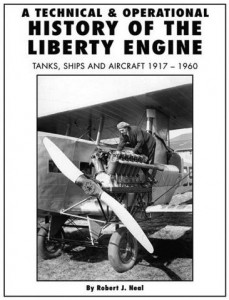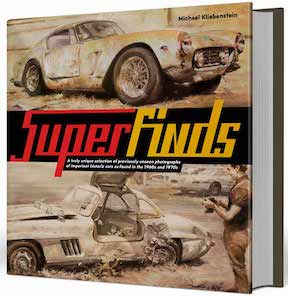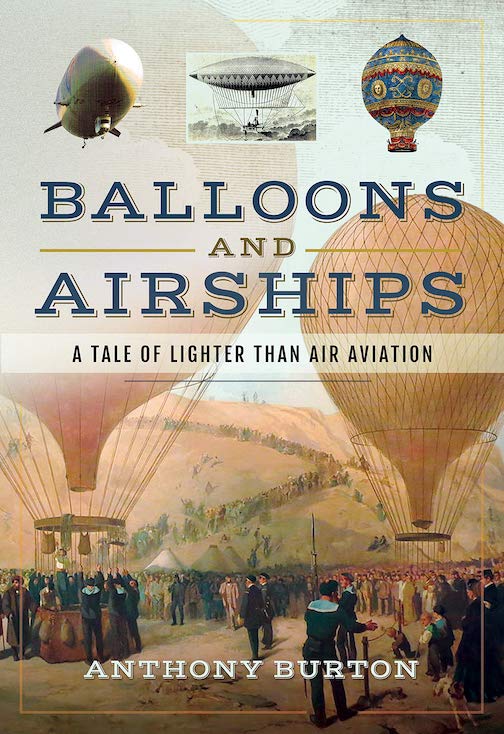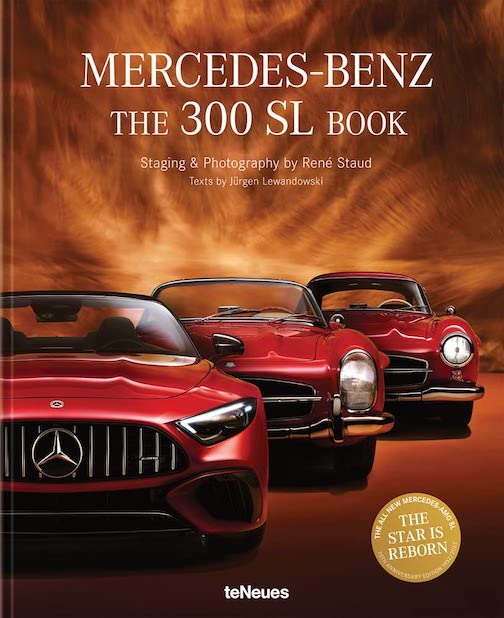Fords of the Fifties
 by Michael Parris
by Michael Parris
This well-written, generously illustrated book tells fully of the vehicles produced by Ford Motor Company throughout the decade of the 1950s. Of necessity, it begins a bit earlier with Henry II replacing his grandfather as president of the company. Among the changes II supported was development of the ’49 Ford motorcar and the entire line of F-series trucks, He was confident they’d be destined to at last return the company to profitability which they did.
Author Michael Parris draws on sources and resources acquired personally during the years he worked within Ford as a public relations manager. Those experiences and contacts, augmented by research in the Ford Museum’s archives, including and especially the oral history interviews conducted by Bob Crippen, enabled Parris to not just detail each year’s models but to integrate and blend into his narrative background and perspective. As important to what he has written are the manifestations of his photographic skills as this spread of the 1949 convertible attests:

Although 1953 model year cars had, in the main, only been freshened, the entire truck lineup was completely new with new bodies and new engineering. Interiors focused on comfort and conveniences with the driver in mind. Throughout 1953 there were numerous other activities Ford had planned and prepared to draw attention to itself and the cars and trucks it produced as the company was marking its 50th anniversary.
Ford had commissioned Norman Rockwell to create a series of paintings that subsequently were incorporated into its advertisements. It had also commissioned a hard cover, slightly oversize book. Titled Ford at Fifty, An American Story, the content was created by a former managing editor of Life magazine. As published by Simon and Schuster, it included some of the Rockwell art on its pages as well.
Ford’s fabulous Rotunda had been constructed in Chicago to show off the company during the 1934 World’s Fair. After the fair closed, Ford relocated the main building to Dearborn but it had been closed during the Korean War. Reopened as part of those 1953 celebrations, it was where Ford mounted many displays and held events for the next decade. It likely would have continued to do so except for one fateful day “in November 1962. Roofers lost control of tar pots and hot tar caught the roof on fire. It subsequently burned to the ground.” No one was killed, only one injured, but the Rotunda “was a total loss and never rebuilt.”

Vehicle in lower right is the newly introduced Courier. It was listed as a truck although built on a car chassis yet suitable for light duty work as a commercial vehicle. Above it is a Mainline Fordor favored by Detroit police department.
More 1953 celebrations included a Ford Sunliner convertible pacing that year’s Indy 500. The pace car’s powerplant was “the last of the 239 cubic-inch flathead V-8s.” That year, too, as previously noted the truck lineup “introduced an all new series of pickups, panel trucks, and medium and heavy-duty trucks.”
The book, with a chapter for each year of the fifties decade, notes “the Ford Fairlane retractable hardtop [as] the sensation for 1957” and it would continue to draw fascination, fans, and buyers for the balance of the decade. Also new that year was another “pickup based on a car body and chassis” and offered in dealer showrooms as the Ranchero. Total sales of 21,695 had required “very little additional investment on Ford’s part,” thus absolutely a monetary success.

As the decade drew to its end, so too must the book. It does so with a trio of bonus chapters. One presents one shy of a dozen concept or dream cars created by Ford Styling during the decade. Another explains “Ford International” workings in South America, Europe, Canada, and, down under, in Australia and New Zealand. The last page or two hints at what’s coming in the sixties followed by the well-constructed Index.
This Ford of the Fifties book has its own and interesting—enduring even—history. While we indicate this book as a 2024 publication (which it is), it was first released and sold in 2000 by publisher California Bill’s Automotive Handbooks, owned and operated by Bill Fisher. My review copy is uncorrected spiral bound page proofs from back then so all pages are only in black and white.
That makes the origins of the colorful interior pages illustrating this commentary of interest. Turns out your reviewer and the person who created those original page layouts, Gary Smith (DeansGarage.com), are longtime colleagues. I requested of Gary the page pairs you see here to illustrate this commentary. Obviously, he kindly responded.
Regarding the change of publisher; a number of years back, CarTech purchased complete rights to California Bill’s publications thus integrating those books into its offerings. As this particular book has enjoyed steady interest and sales, a testament to the enduring qualities of the book and ongoing interest in Ford’s cars and trucks produced throughout the 1950s, CarTech has reprinted and once again has copies in stock.
Copyright 2024 Helen V Hutchings (speedreaders.info)


 RSS Feed - Comments
RSS Feed - Comments





































































 Phone / Mail / Email
Phone / Mail / Email RSS Feed
RSS Feed Facebook
Facebook Twitter
Twitter